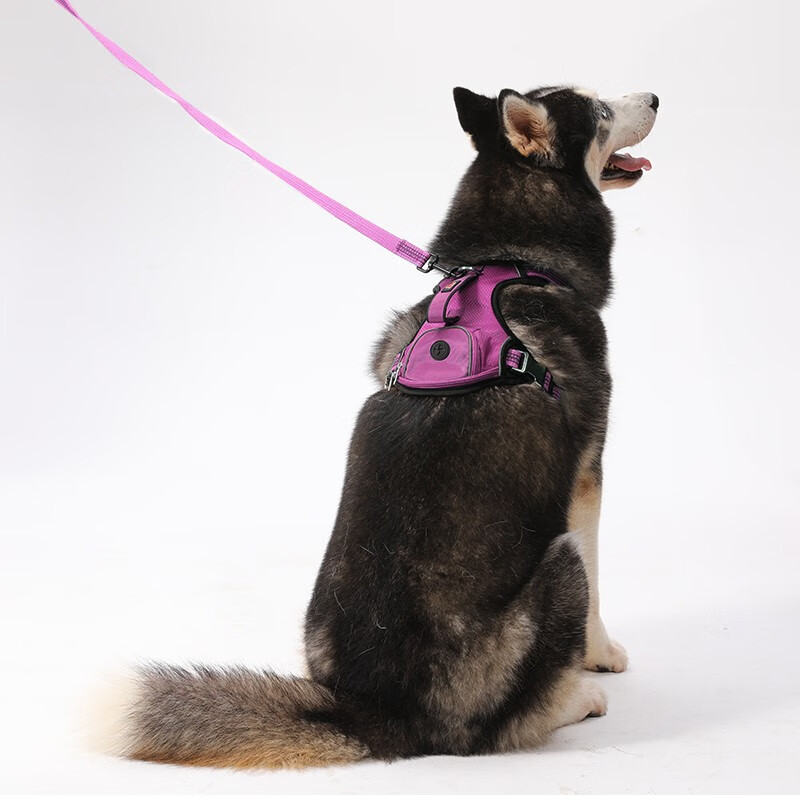Walking your dog on a leash may seem like a simple task, but mastering the art of control requires patience, practice, and understanding. Whether you’re a new dog owner or looking to improve your leash-walking skills, this comprehensive guide will provide you with everything you need to know to ensure enjoyable and safe walks for both you and your canine companion.
Understanding the Importance of Leash Walking
Walking your dog on a leash is not just about getting from point A to point B—it’s an opportunity for exercise, mental stimulation, and bonding. Proper leash walking allows you to maintain control over your dog in various environments, preventing them from running into traffic, chasing wildlife, or engaging in unwanted behaviors. Additionally, leash walking provides an opportunity for your dog to explore their surroundings safely while reinforcing obedience and reinforcing your leadership role.
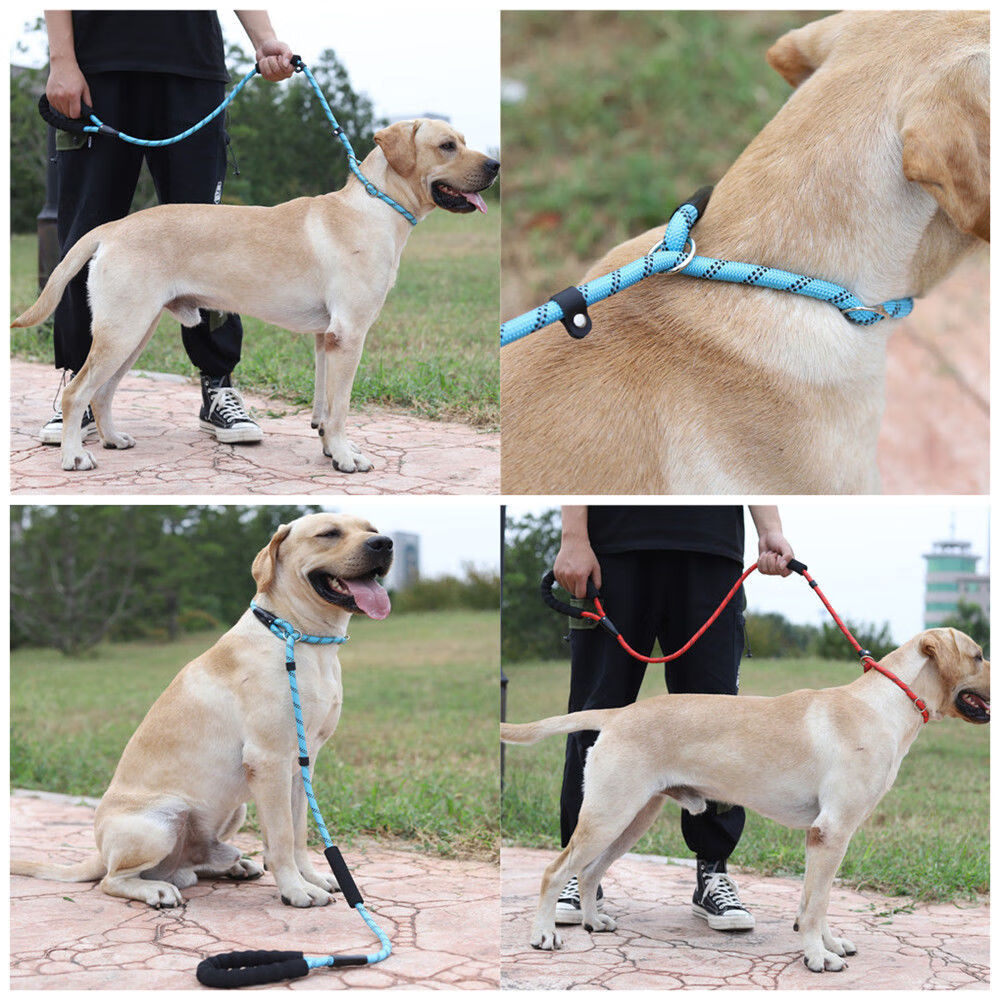
Choosing the Right Equipment
Before embarking on a leash-walking adventure, it’s essential to select the right equipment for you and your dog. Here are some key items to consider:
- Leash: Choose a leash that is sturdy, comfortable to hold, and appropriate for your dog’s size and strength. Options include standard flat leashes, retractable leashes, and adjustable-length leashes. Ensure the leash is long enough to provide freedom of movement but short enough to maintain control.
- Collar or Harness: Select a collar or harness that fits your dog properly and does not cause discomfort or restrict their breathing. Collar options include flat collars, martingale collars, and slip collars, while harness options include back-clip, front-clip, and no-pull harnesses. Choose a collar or harness that allows you to control your dog without causing pain or injury.
- Identification Tags: Ensure your dog wears identification tags with up-to-date contact information whenever they are outside, including on walks. This ensures they can be easily identified and returned to you in the event they become lost or separated from you.
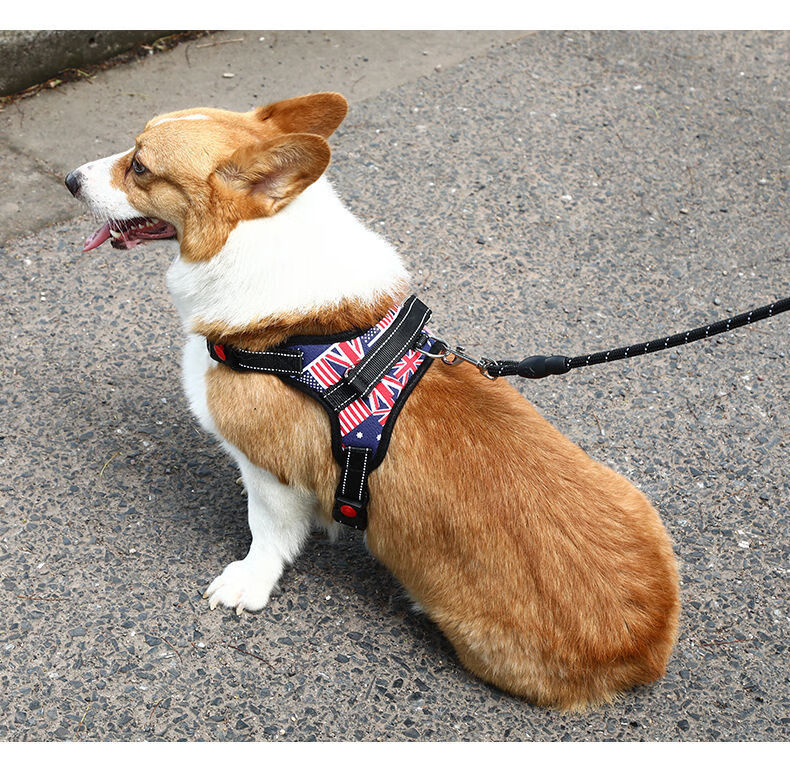
Preparing for the Walk
Before setting out on your walk, take some time to prepare yourself and your dog for a successful outing. Here are some pre-walk tips to keep in mind:
- Exercise and Mental Stimulation: Prioritize exercise and mental stimulation for your dog before the walk to help burn off excess energy and reduce excitability. Engage in activities such as playing fetch, practicing obedience commands, or engaging in interactive toys or puzzles.
- Potty Break: Allow your dog to relieve themselves in a designated area before beginning the walk to minimize distractions and interruptions during the outing.
- Check Equipment: Inspect your leash, collar, or harness to ensure they are in good condition and properly fitted before heading out. Make any necessary adjustments to ensure your dog’s comfort and safety.
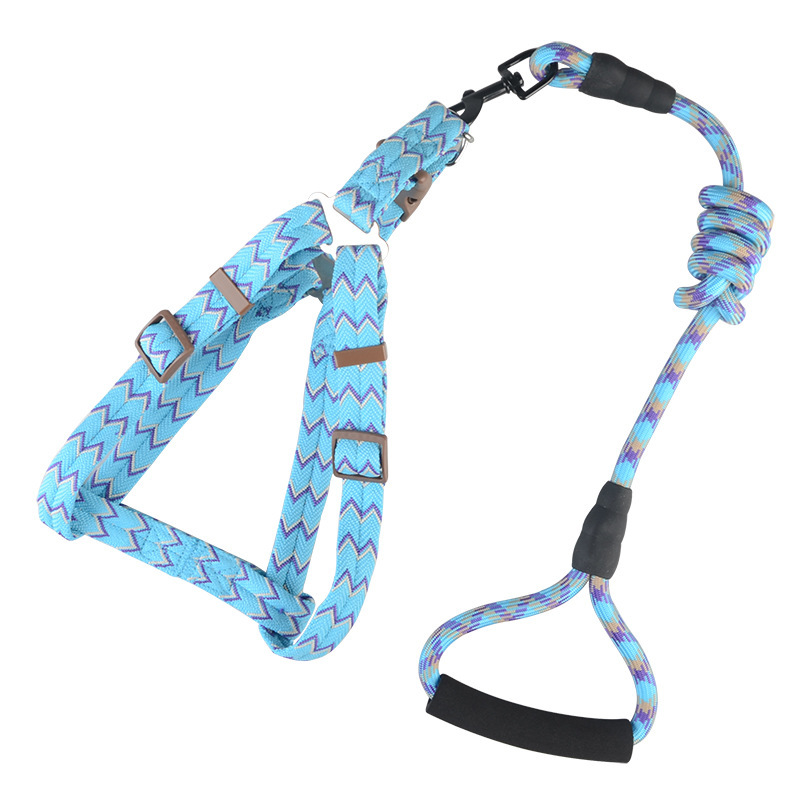
Establishing Leadership and Control
Effective leash walking begins with establishing yourself as the leader and maintaining control over your dog throughout the walk. Here are some strategies for establishing leadership and control:
- Set the Pace: Walk at a steady, consistent pace, and encourage your dog to walk beside or slightly behind you. Avoid allowing them to pull ahead or lag behind, as this can lead to leash pulling and loss of control.
- Use Positive Reinforcement: Reward your dog for walking politely on the leash by offering treats, praise, or toys as they demonstrate desired behaviors such as walking calmly, staying focused, or responding to commands.
- Practice Obedience Commands: Incorporate obedience commands such as “sit,” “stay,” “heel,” and “leave it” into your leash walking routine to reinforce control and obedience. Practice these commands in various environments to generalize their use and strengthen your dog’s response.
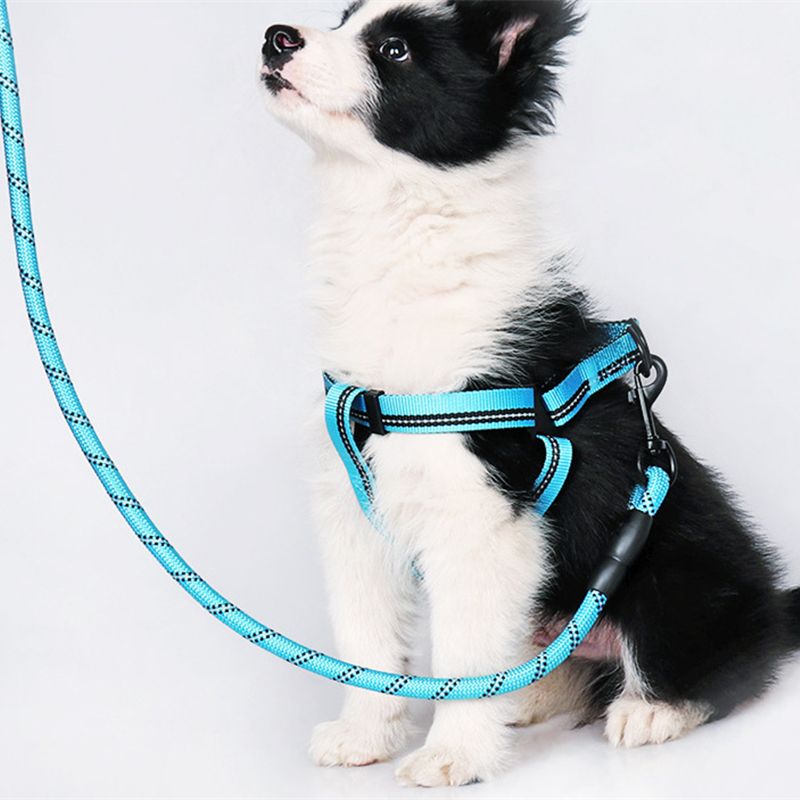
Addressing Common Challenges
Leash walking may present various challenges, but with patience and consistency, these challenges can be overcome. Here are some common challenges and strategies for addressing them:
- Leash Pulling: If your dog pulls on the leash, stop walking and wait for them to relax before resuming forward movement. Use gentle leash pressure or a training collar/harness to discourage pulling and encourage loose leash walking.
- Distractions: If your dog becomes distracted or reactive to stimuli such as other dogs, people, or wildlife, redirect their attention back to you using treats, toys, or verbal cues. Practice desensitization and counter-conditioning techniques to help your dog remain calm and focused in distracting environments.
- Reactivity: If your dog displays reactive behavior such as barking, lunging, or growling, create distance between them and the trigger while remaining calm and assertive. Use positive reinforcement to reward calm, non-reactive behavior and gradually expose your dog to trigger stimuli in controlled settings to build their confidence and tolerance.

Exploring Different Leash Walking Techniques
In addition to the foundational aspects of leash walking, there are various techniques and approaches you can incorporate to enhance your experience and your dog’s enjoyment. Here are some additional strategies to consider:
1. Loose Leash Walking: Teaching your dog to walk on a loose leash is essential for both comfort and control. Start by holding the leash with a relaxed grip and encourage your dog to stay close to your side. Use treats or verbal cues to reward your dog for maintaining a loose leash. If your dog starts to pull, stop walking and wait for them to slacken the leash before continuing.
2. Changing Directions: Incorporate frequent changes in direction during your walks to keep your dog engaged and attentive. By doing so, you encourage your dog to focus on you and anticipate your movements, preventing them from becoming overly fixated on distractions.
3. Walking in Heel Position: Teaching your dog to walk in the “heel” position means they walk beside you with their shoulder aligned with your leg. Start with short training sessions in a distraction-free environment. Use treats and verbal cues to reward your dog for staying in the heel position and gradually increase the duration and difficulty of the exercise.
4. Controlled Socialization: Walking your dog on a leash provides an excellent opportunity for controlled socialization. Introduce your dog to different environments, people, and other animals in a controlled manner. Reward your dog for calm behavior and gradually expose them to more challenging situations as their confidence grows.
Conclusion: Enjoying the Journey Together
Walking your dog on a leash is more than just a daily chore—it’s an opportunity to strengthen your bond, reinforce obedience, and explore the world together. By understanding the importance of leashs walking, selecting the right equipment, preparing for the walk, establishing leadership and control, and addressing common challenges, you can ensure enjoyable and rewarding walks for both you and your furry friend. With patience, consistency, and a positive attitude, you can master the art of control and embark on countless adventures with your canine companion by your side.






